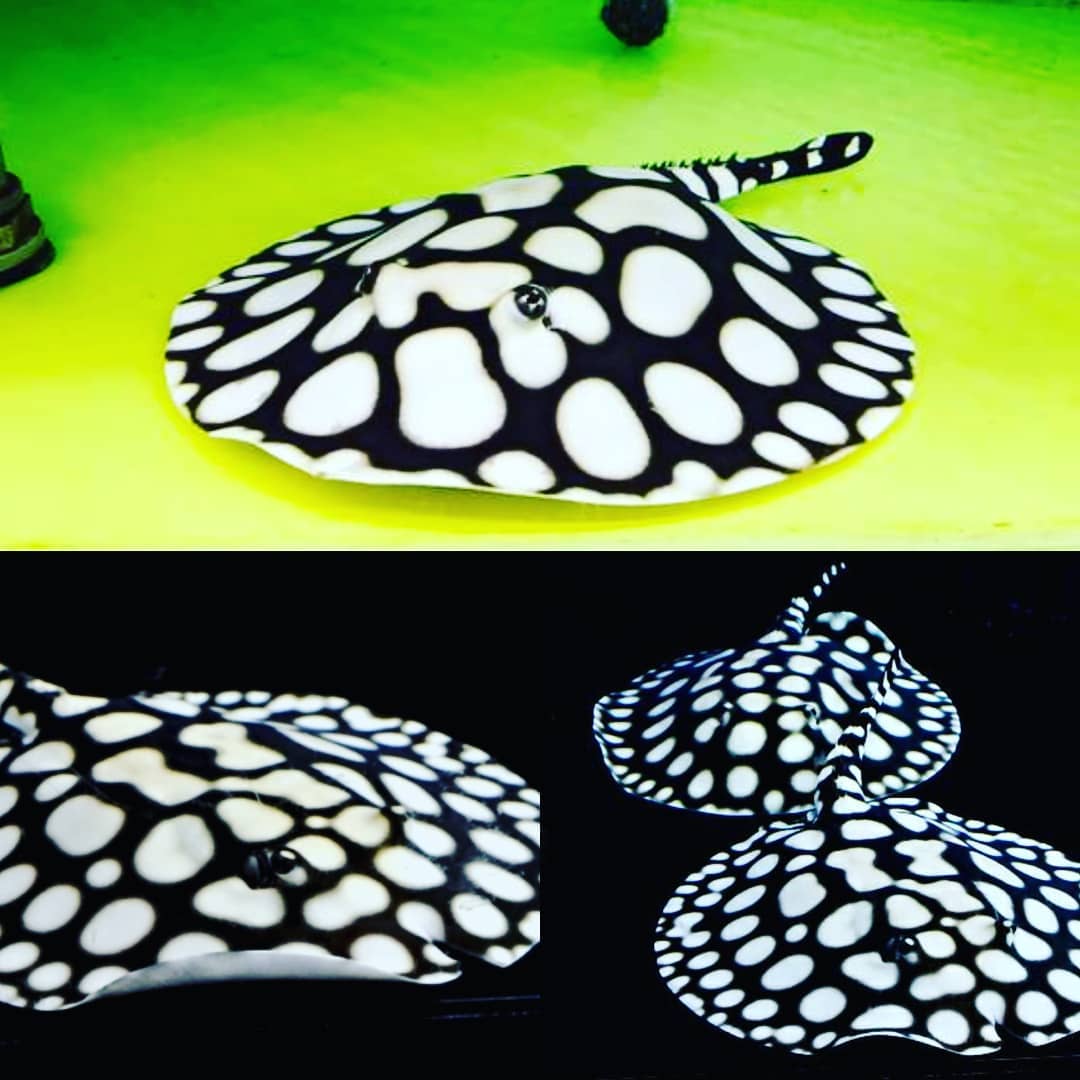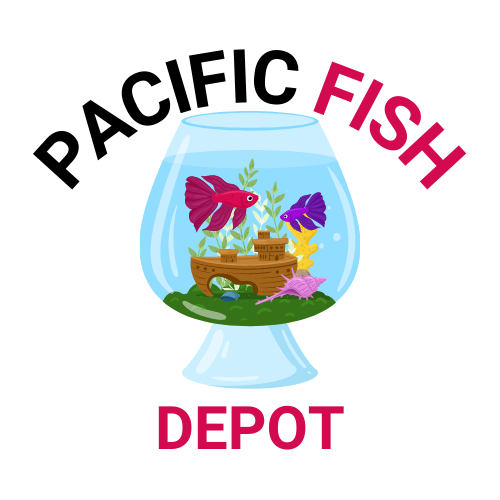The hobby could get farther and farther away from any possibility to be used for learning about diversity, nature, evolution, species, habitats etc. Most people don't care about these things already, so not much would change. At a certain point, glo genes are limited - they all look alike. That will probably slow the market.
I recently saw some red glo Pristella, and they were beauties. if I didn't know about the ethics, maybe if they had come out when I was a kid, I would have bought them. I have friends who'll say I should have better taste, and they're probably right.
But intentionally deformed fish, petrie dish creations and glo fish are very popular now. They may, in the long run, lead to the banning of the hobby in some places. PETA like groups are already agitating for that, and the slight argument that some hobbyists are breeding endangered and extinct species is holding that back (along with the size of the fish selling industry, which uses that argument). A hobby that was mainly lab creations would run out of arguments fast.
I have a friend who is a freshwater stingray researcher, and she says where there is a trade in them, the local people protect them and they are plentiful. Go outside the areas where they are collected, and they are shot on sight as their venomous spines are agonizing if you step on them. If we move completely away from wild fish, there will be less of a motivation for locals to protect resources.
The stingrays are "real", so there's a huge difference between them and treated arowanna. The trade in Asian arowanna is tightly controlled, and to be sold legally, they have to be microchipped. South American arowanna aren't endangered yet. Asian ones tend to be reddish.
Most Channa species are banned in the USA and Canada. There is a smuggling business, largely for them as food. People want them alive for freshness, and the few unbanned species are used as covers. The average agent can't diffentiate species, so they tend to stop them all.

 pacificfishdepot.com
pacificfishdepot.com

 pacificfishdepot.com
pacificfishdepot.com




